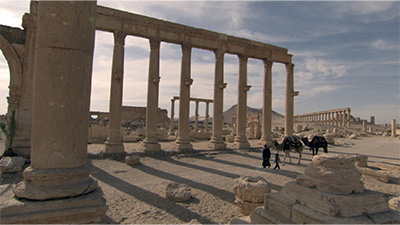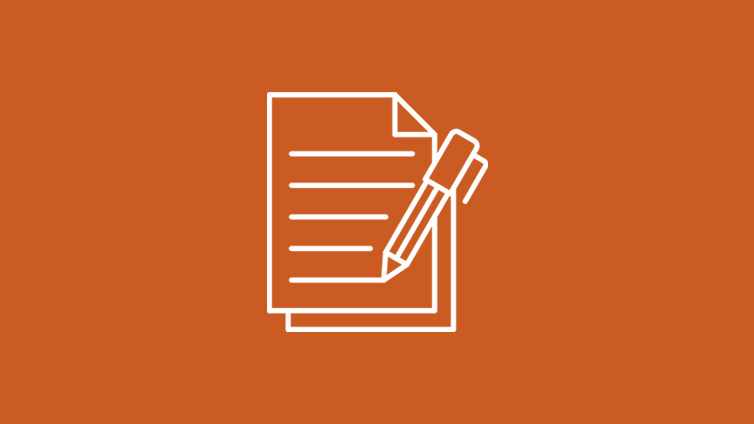Collapse and Restructuring
Teacher Resources
Driving Question: How have societies restructured after the collapse of empires?
After the fall of empires like Rome and Han China, the societies they once ruled didn’t collapse, they adapted: rebuilding, restructuring, and even entering new golden ages. This lesson challenges the idea of a universal decline and highlights the resilience of people across the world.
Learning Objectives:
- Understand how historians create narratives to explain how societies rise and fall.
- Use close-reading skills to evaluate how communities and networks expanded and contracted during this period.
Vocab Terms:
- collapse
- continuity
- decline
- imperial
- restructure
- stateless
Opener: Collapse and Restructuring
To teach this lesson step, refer to page 2 of the Lesson 5.1 Teaching Guide.
New vocabulary? No problem! Let’s see what you know by matching up new words with previous knowledge and experiences.
Looking Ahead
To teach this lesson step, refer to page 3 of the Lesson 5.1 Teaching Guide.
Want to know how other teachers are using the Unit Notebook? Check out Unit Problem and Vocab for some great ideas on bringing this routine into the classroom.
Agree or disagree? Evaluate some statements before you dive into Unit 5—then see how accurate you were when you get to the end of the unit.
Collapse and Restructuring
To teach this lesson step, refer to page 4 of the Lesson 5.1 Teaching Guide.
Check out our Video Guide for suggestions on incorporating videos in the classroom.
Take a look at our Reading Guide to learn about the Three-Step Reading approach.
Sometimes endings are really beginnings. Empires come and go, but new societies and authorities emerge.
-
Guiding Questions
-
Before you watch
Preview the questions below, and then review the transcript.
While you watch
Look for answers to these questions:
- What sort of advice did Dhouda write to her son?
- What led to the period that historians once called “a dark age”?
- Why is the term “collapse” misleading?
- How did the lands once ruled by the Roman Empire restructure after its decline and fall?
After you watch
Respond to this question: If a government were to collapse today, what sources of authority do you think people would organize around instead?
Key Ideas
-
Guiding Questions
-
Before you read
Preview the questions below, and then skim the article. Be sure to look at the section headings and any images.
While you read
Look for answers to these questions:
- What happened to the scale of communities, networks, and production and distribution between 200 and 1500 CE?
- How does the meaning of “collapse” vary when describing the fall of large states?
- Why are there mixed opinions about whether it’s accurate to call this period a “dark age”?
- How did the emergence of Islam in the seventh century impact communities and networks?
- What patterns of growth and decline were happening outside of Eurasia in this period?
After you read
Respond to this question: Can you identify examples of changes and continuities from your personal history?
Frames in Unit 5
To teach this lesson step, refer to page 6 of the Lesson 5.1 Teaching Guide.
Want to see how other teachers are approaching the frames. Check out the How to teach Frames conversation in the Community Forum.
The communities and networks frames can help us understand the causes of societal collapse and the ways that communities restructured after.
-
Guiding Questions
-
Before you watch
Preview the questions below, and then review the transcript.
While you watch
Look for answers to these questions:
- What is the typical view of human history through the three frames?
- What changes happened after collapse for each of the three frames?
- What is significant about Ireland and the Islamic world?
- What is the purpose of investigating both decline and recovery in the context of the three frames?
After you watch
Respond to this question: This video mentions places where recovery happened quickly and others where recovery was slow. Using one of the three frames, what types of factors would make recovery faster or slower?
Key Ideas
Closer: Collapse and Restructuring
To teach this lesson step, refer to page 7 of the Lesson 5.1 Teaching Guide.
This activity gives you a chance to reflect on what you’ve learned about social collapse in this lesson by stepping into the shoes of a person from the time.
Reviewing for Claim and Focus
To teach this lesson step, refer to page 7 of the Lesson 5.1 Teaching Guide.
By suggesting revisions to someone else’s writing, you’ll get much better at identifying what makes strong writing. Make suggestions for improving claim and focus—and then keep those suggestions in mind the next time you write.






